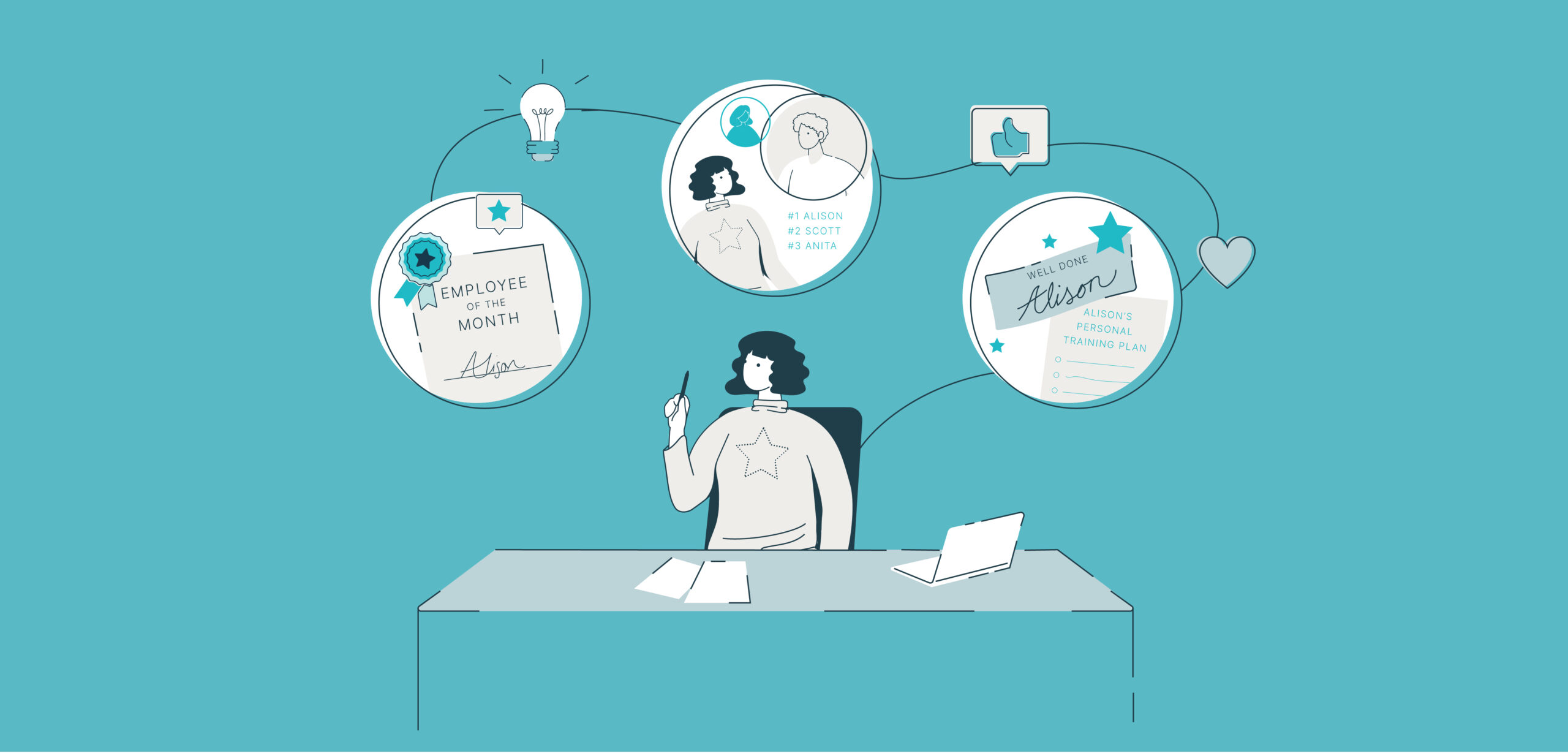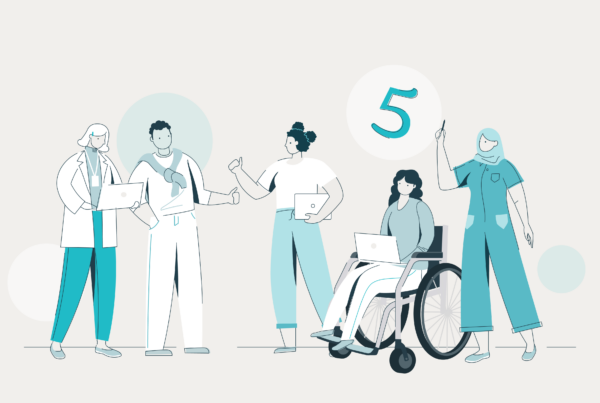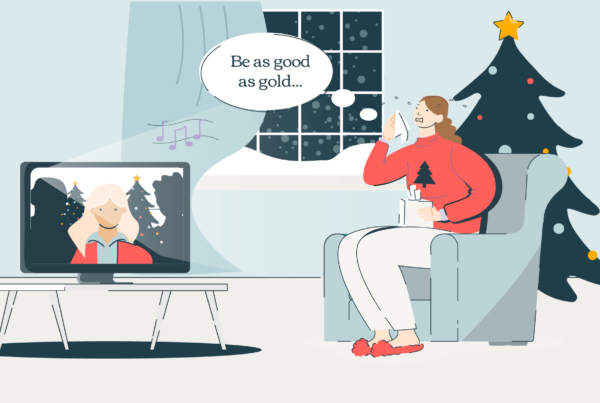Welcome to the second in our mini-series of blogs, where we expand on our recent Learning Live session. Last time out, we marvelled at the spellbinding effects of storytelling. Here, we take a closer look at the role of rewards in learning.
Because one thing’s for sure: learning needs to stick. If it’s forgotten, then we won’t be able to apply it. Which is a real shame.
So far, so memorable.
Yet it might not be memorable for long. Developed in the 1880’s by Hermann Ebbinghaus – and still holding true today – The Forgetting Curve shows that we’ll forget 50% of what we learn within an hour and 90% within a month.
But wait. Fancy making mincemeat of Ebbinghaus’s maths? Try these three science-based rewards to make learning more effective.
Make your learning rewards intrinsic
How it works: Rewards are a powerhouse of human motivation. The average neuron connects to around 10,000 other cells. Yet cells noodling about in our rewards system make 50 times as many connections. Each. Counter-intuitively, this system is not designed to make us feel good. It’s there to help us learn. Pleasure-seeking regions of our brains are hardwired to repeat behaviours that help us survive: consuming calorie-packed cake, say, or exploring novel solutions to problems – including learning new things.
So, our brains are longing to learn but still be careful. Slabs of research show that if we reward children for doing something they would have done anyway, interest and motivation dwindles. And it’s not just childsplay. There is a mismatch, says New York Times bestselling author Dan Pink, between ‘what science knows and what business does.’ Multiple studies have highlighted that cash inhibits, rather than promotes, creative problem solving with more than 50 studies from the London School of Economics showing ‘overwhelming evidence’ that financial incentives can reduce motivation. Sobering stuff.
How to do it: External rewards, like bonuses, can crowd out more potent internal rewards. Let L&D rip into intrinsic motives – the good stuff: purpose, feeling valued, a sense of achievement – and serve up learning that is engaging, relevant and leaves the learner feeling that they are progressing.
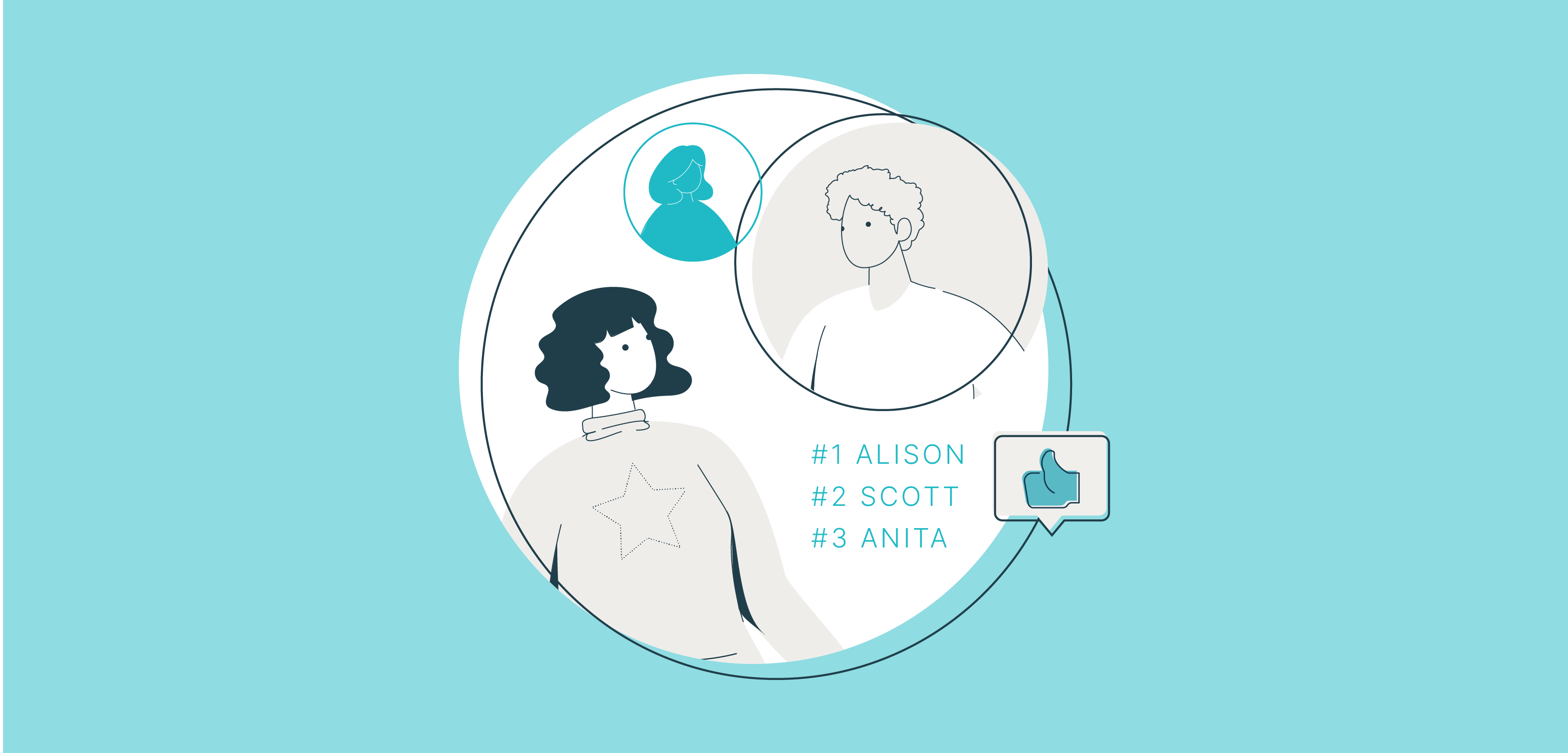
Make your learning rewards social
How it works: We are social animals. For hundreds of thousands of years, we thrived by clumping together in small(ish), harmonious(ish) groups. And, as we bump along in the 21st Century we are still, as social neuroscientist Matthew Lieberman puts it, wired to connect. So, make learning social. (And, these effects are deeply ingrained. Even when you learn alone, if you know others in your organisation are learning as well, it can boost enjoyment, interest, grit and performance.)
Social Learning Theory, developed by psychologist Albert Bandura in the 1970s, proposes that we learn from each other. We observe, we imitate, we model. The more learning is shared, talked about and visible, the stickier it becomes.
How to do it: Create a knowledge-sharing culture and nurture an environment where group learning can flourish. Make L&D social through gamification – include leaderboards for a dollop of healthy (and public) competition.
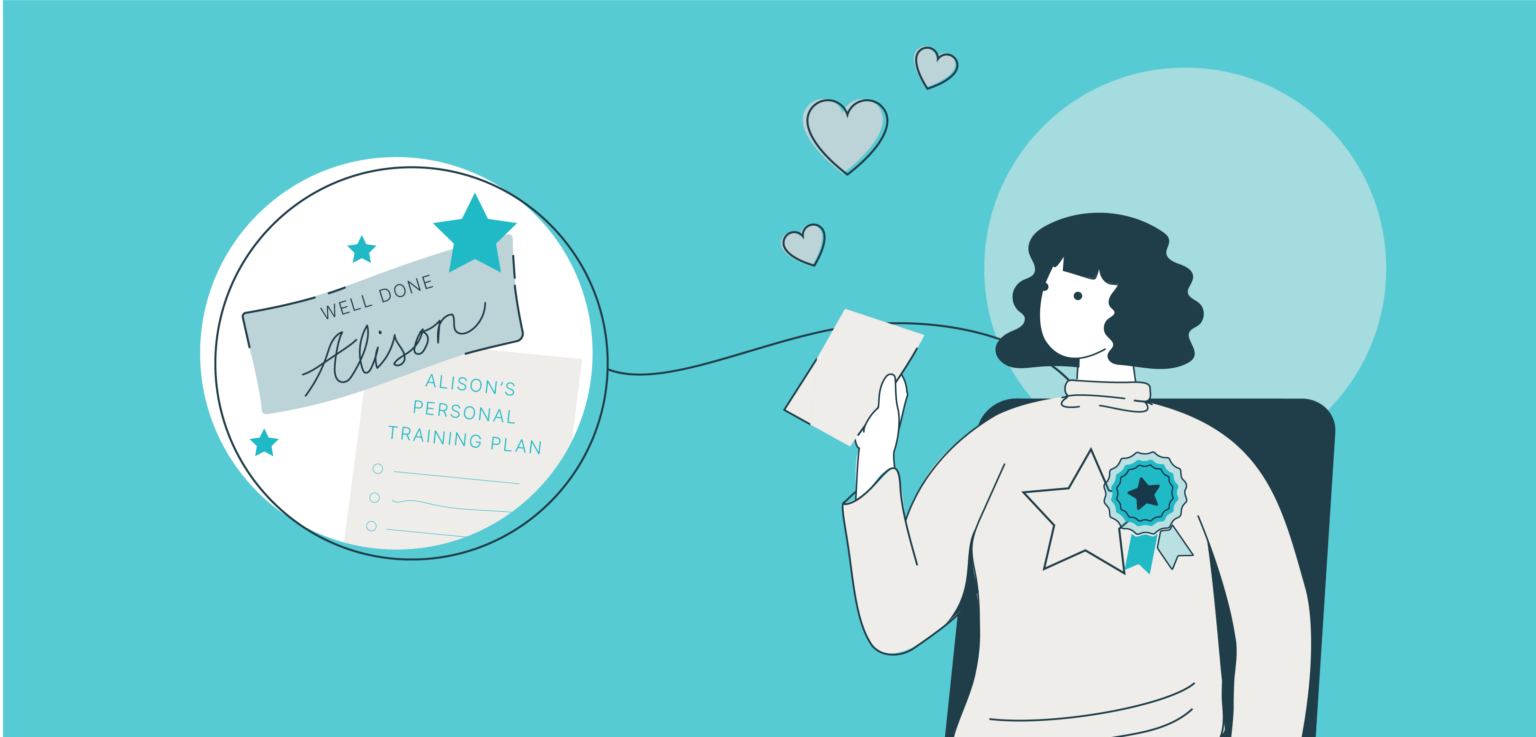
Make your learning rewards personal (and even a bit flattering)
How it works: We like to feel thought about, valued and praised. ‘Compliments nourish and sustain us emotionally’, says celebrated social psychologist Robert Cialdini, and cites a number of instances where offering rewarding compliments has great effect.
In one hair salon when stylists told customers, ‘Any hairstyle would look good on you’ tips rose by 37%. College students who received a flyer from a clothing store saying, ‘We’re contacting you because you’re fashionable and stylish’ were more likely to shop there. Even flattering feedback from computers, claims Cialdini, led to favourable feelings towards the machine – even though people knew the feedback was pre-programmed.
How to do it: Make sure learning products are tailored to a person or group. Grabbing off-the-shelf programmes often leads to lukewarm results. Plump for the bespoke – and add a personal, appreciative note of thanks for your learners’ hard work.
As we said in our Learning Live session, giving learners the freedom to choose how and what they learn boosts autonomy – the capacity to direct our own lives. Autonomy is empowering, and nestles alongside mastery and purpose as one of Dan Pink’s key drivers of human motivation. But be wary of offering too much variety and falling into choice overload territory. There is a sweet spot. Think less, ‘Learn whatever you fancy’ and more ‘Here are five suitable modules you could do. Pick two or three that most interest you.’

